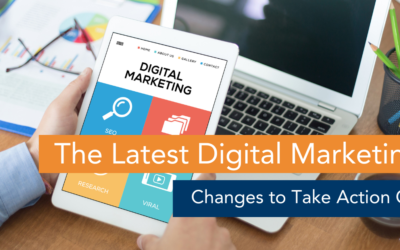Okay, so it's officially planning season for our 2024 marketing! BUT before you decide where you need to spend your marketing budget, I'd like you to...
Marketing Ideas
Get practical marketing ideas straight to your inbox >>
Marketing Articles
The Latest Digital Marketing Changes to Take Action On
Keeping up with the latest changes and trends when it comes to Digital Marketing can be challenging. We recently hosted a great interactive webinar looking at the next big 3 changes you need to be...
Traditional Marketing for Schools – Measuring Your Success
As marketers we want to show a return on investment for our efforts, however, with traditional marketing, this can be difficult. Here you have a few ways you can measure your traditional marketing...
How to Know What Your Prospects Want When Starting Out
One of my regular clients was launching a new service in a field that was entirely different to his current offering ... Being a business consultant he wanted to do things right and have market...
Marketing Low Cost Items
I recently spoke to a frustrated business owner that just wanted to get customers in the door. She felt she couldn't justify big marketing spend because she sold low-profit items. Billboards, print...
Facebook Graph Search Not Working?
Graph search is a nifty social searching tool that is new to Facebook. Want to know what other pages your fans like or which restaurants they like? Graph search will give you these and other great...


